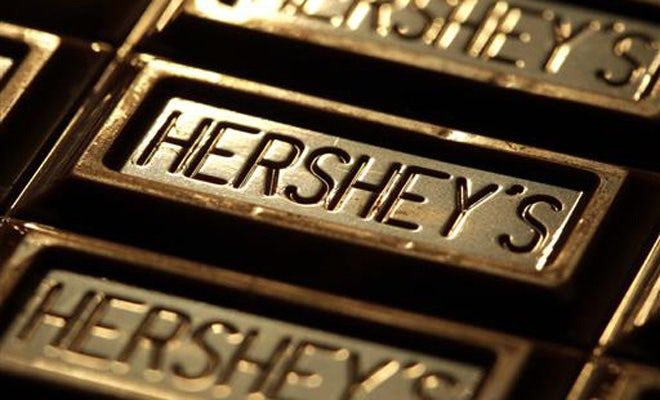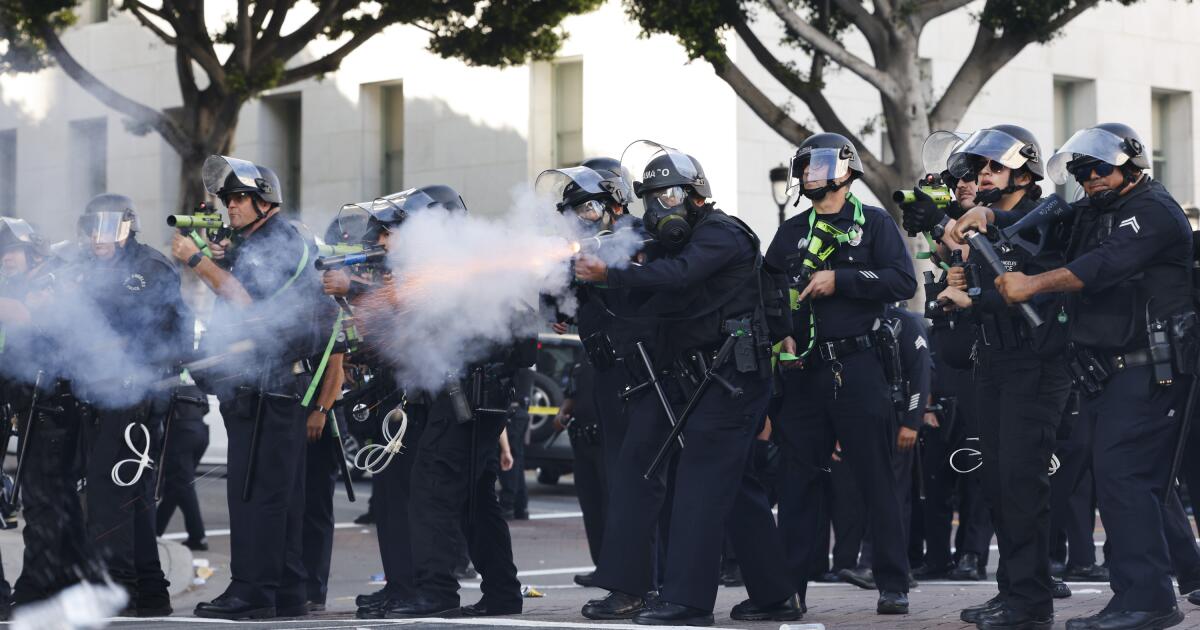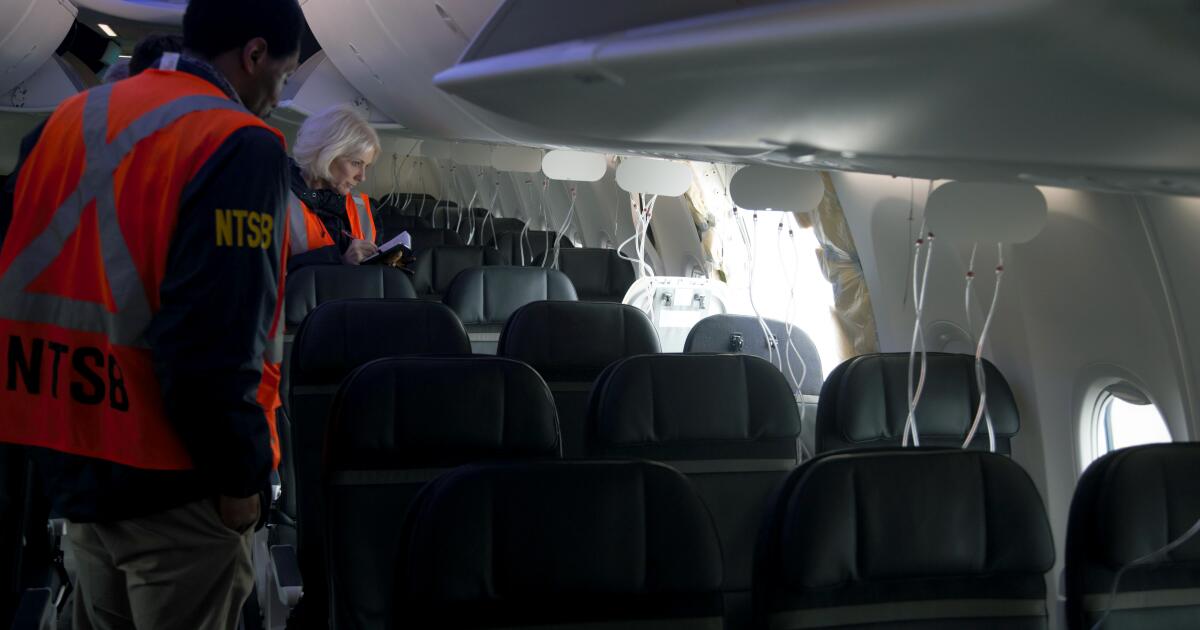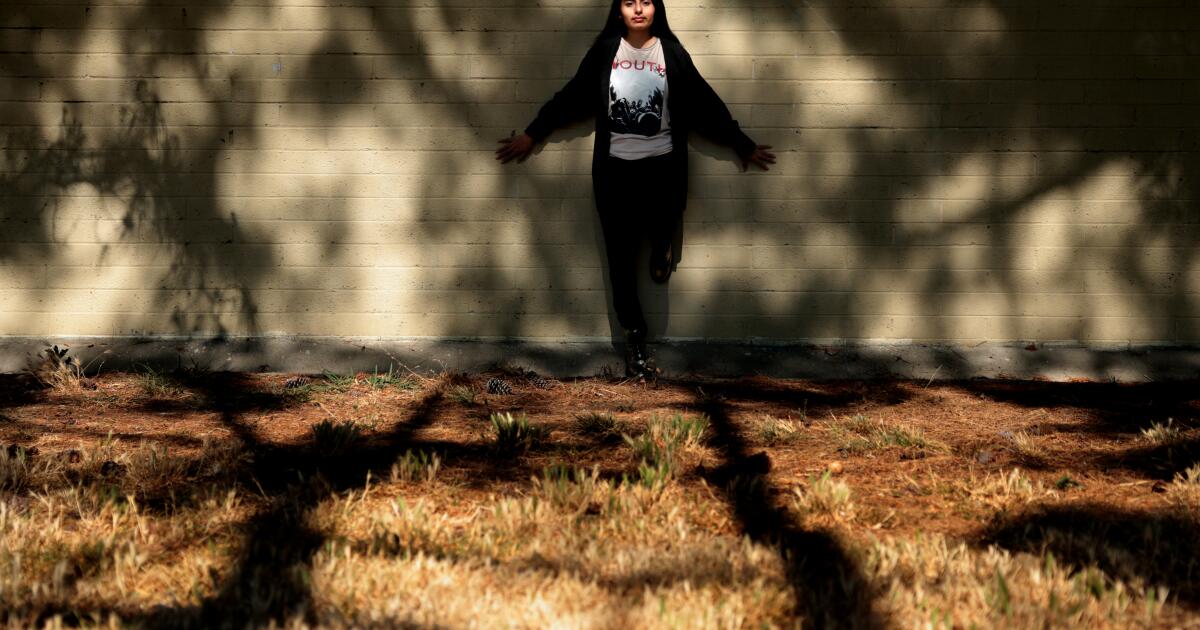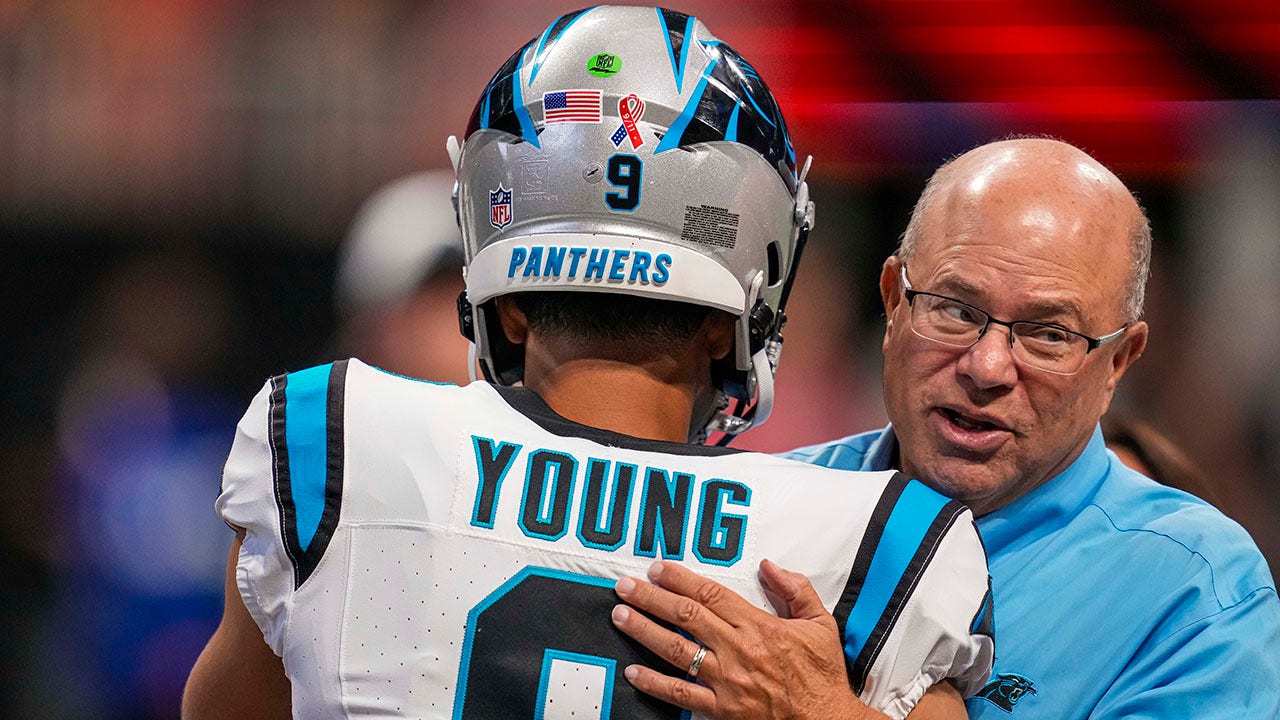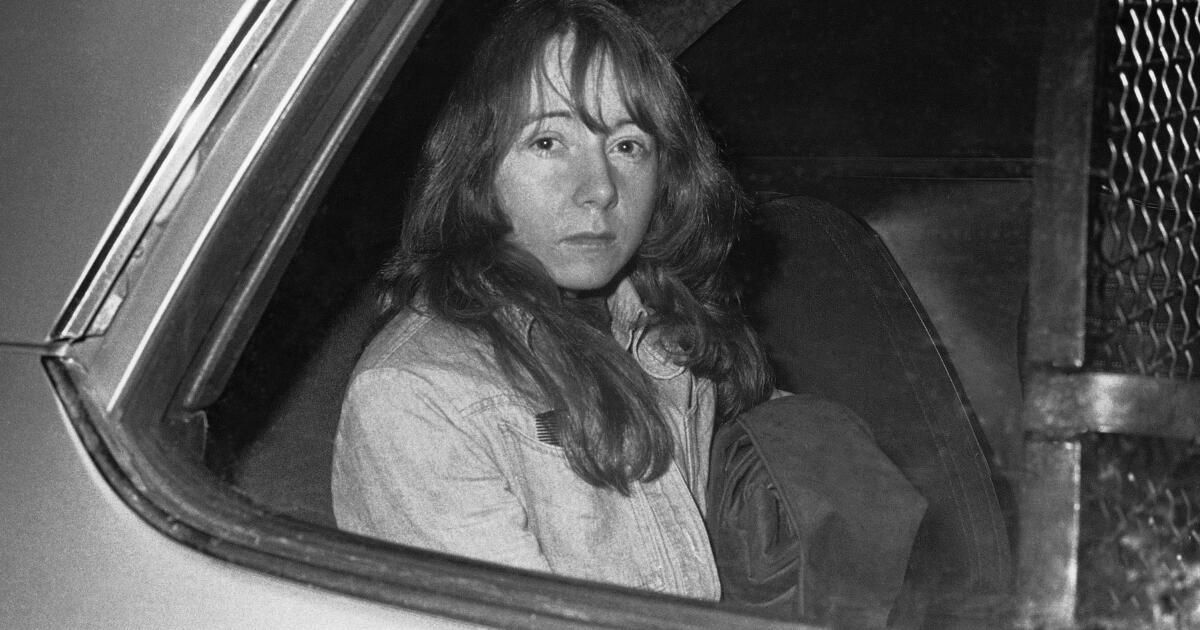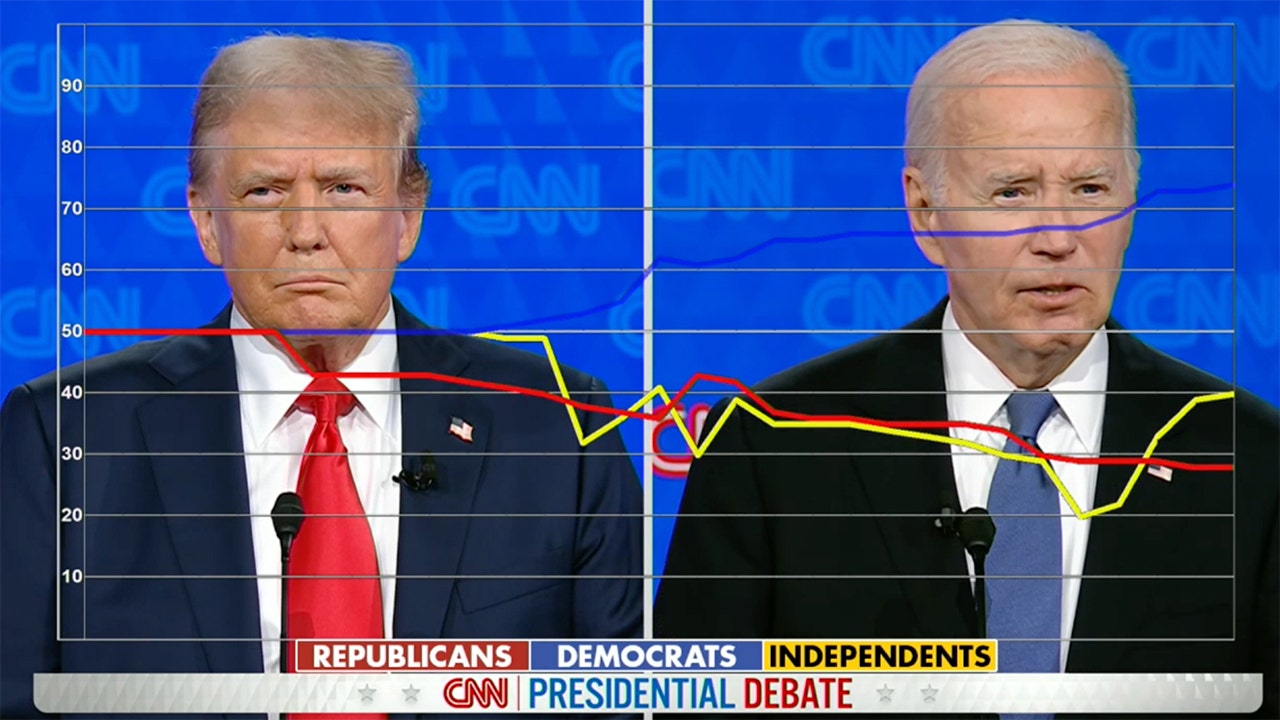Milton Snavely Hershey, a German-speaking Mennonite farmer who turned his passion for sweets into a symbol of American wealth and goodwill, was born in Derry Township, Pennsylvania, on this historic day, September 13, 1857.
“Milton Hershey was an exceptional man: both a dreamer and a builder,” says his biography in the Candy Hall of Fame, to which the chocolatier was inducted in 1972.
He founded the Hershey Chocolate Company and the Milton Hershey School.
ON THIS DAY IN HISTORY, SEPTEMBER 12, 2003, AMERICAN MUSIC LEGEND JOHNNY CASH DIES
The school, which opened in 1910 to educate orphans, thrives today as a leading free educational institution serving underprivileged students.
“His first two candy ventures failed,” the Hershey Company writes in its history of the founder, adding that by age 26 the entrepreneur was broke.
Milton Hershey founded Hershey Chocolate and built Hershey, Pennsylvania, for his employees. He became a noted philanthropist and donated his fortune to help those in need. (Getty Images)
“It wasn't until his third business venture that Milton's hard work and talent paid off. From then on, Milton thrived as a successful businessman and a generous humanitarian.”
Hershey had only a fourth-grade education when his father put him to work as a printer's apprentice.
HERSHEY WARNS IT WILL NOT 'FULLY MEET CONSUMER DEMAND' THIS HALLOWEEN AND CHRISTMAS
He then developed a taste for the candy business.
He opened his first candy store in Philadelphia in 1876. It failed six years later.
Hershey then tried his hand at candy manufacturing in other cities before returning to Lancaster, Pennsylvania.

Hershey Co. chocolate candies are displayed for sale at Hershey's Chocolate World store in New York City. (Timothy Fadek/Bloomberg via Getty Images)
In 1886 he founded the Lancaster Caramel Co. and then, eight years later, a subsidiary called the Hershey Chocolate Co.
“Candy is a fad; chocolate is permanent,” Hershey told a colleague, according to the company's official history.
“I'm going to make chocolate.”
“Candy is a fad; chocolate is permanent.” — Milton Hershey
Chocolate, which comes from the bitter seeds of the cocoa pod, has been consumed for centuries.
Hershey pioneered a sweeter, more affordable version called milk chocolate.
“Hershey was not the first to make milk chocolate,” the Hershey company reports, noting that Swiss confectioners developed a version using powdered milk.
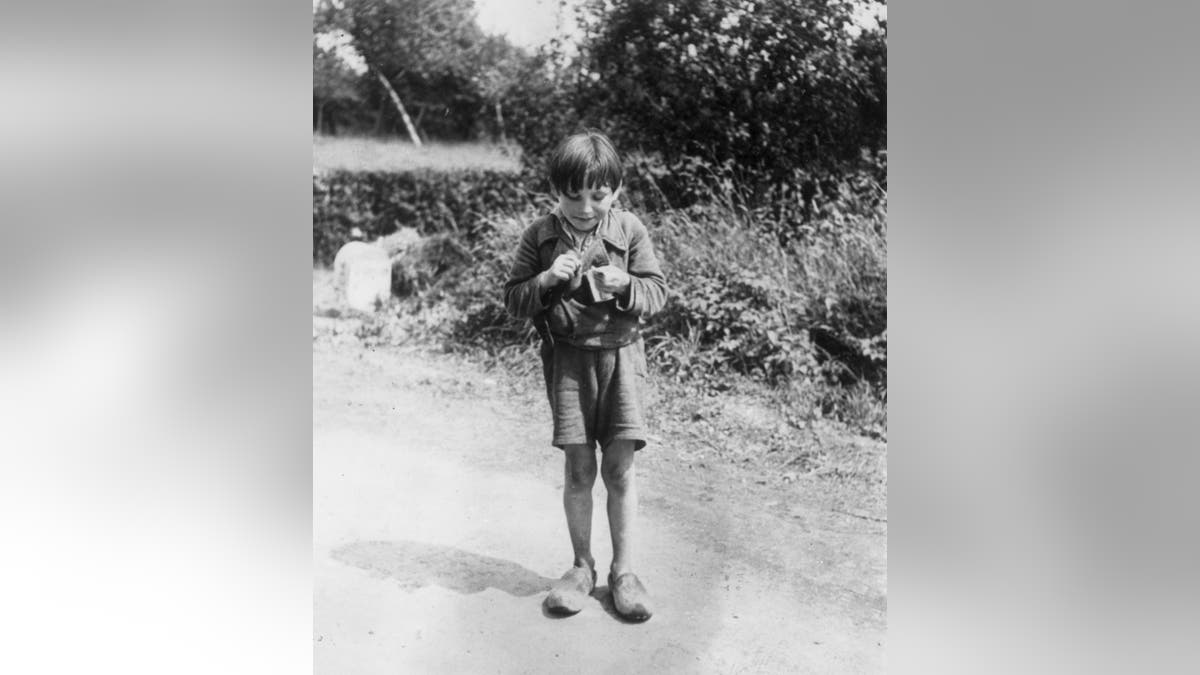
A French boy eating chocolate given to him by American soldiers in 1944. (Robert Capa/Keystone/Getty Images)
“But he was the first to make it from fresh milk and using mass production techniques.”
This delicious invention changed the way America and the world eat sweets.
He sold his candy company and introduced the first Hershey's milk chocolate bars in 1900. They proved to be an incredible success.
MEET THE 5 FINALISTS OF SAMUEL ADAMS' BREWING THE AMERICAN DREAM CRAFT BREWERY COMPETITION
The town of Hershey, Pennsylvania, was established in 1903. Hershey Park opened in 1906. Hershey Kisses were introduced in 1907.
Hershey Chocolate thrived during World War II, when the company controlled the heavily rationed American chocolate market.
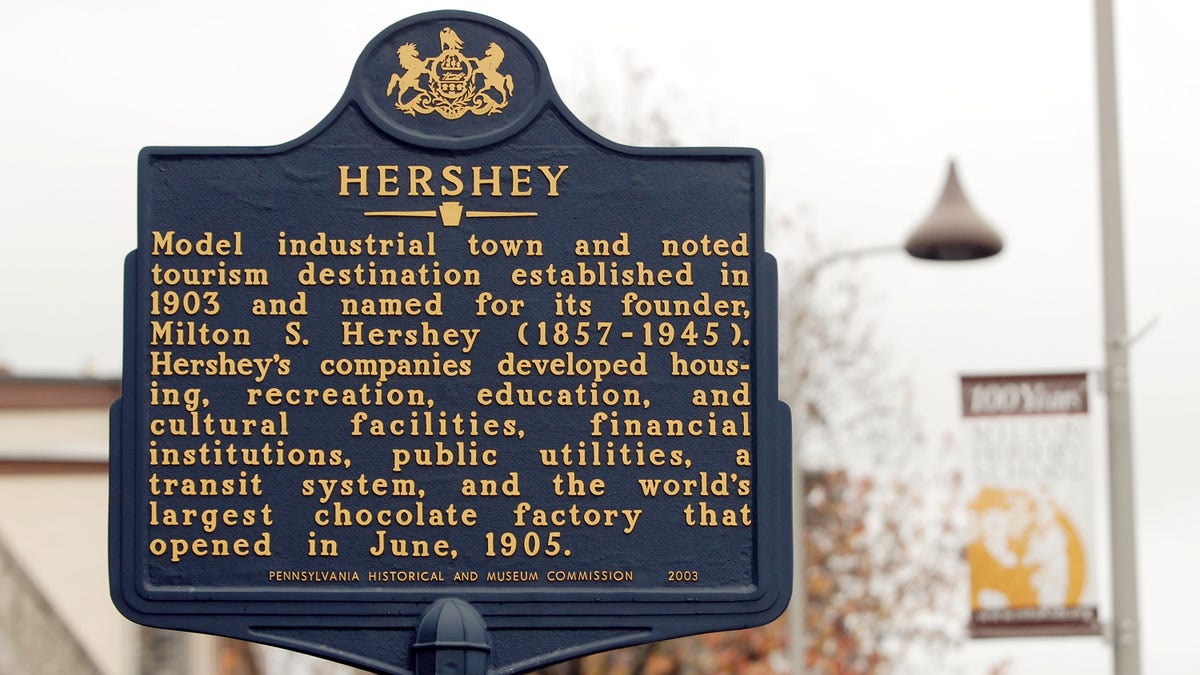
A historical marker stands outside the original Hershey Co. chocolate manufacturing plant in Hershey, Pennsylvania. (Bradley C. Bower/Bloomberg via Getty Images)
Easy to transport and packed with energy and calories, their products became a vital part of the war effort, packaged in tens of millions of field rations and Red Cross care packages.
Hershey's even produced tropical chocolate designed to survive high-temperature combat areas without melting.
Chocolate ration bars became symbols of American goodwill during World War II.
Most American troops carried some form of Hershey chocolate with them.
Their ration bars became highly coveted symbols of American goodwill.
CLICK HERE TO SUBSCRIBE TO OUR LIFESTYLE NEWSLETTER
American soldiers handed out millions of chocolate bars to children and other war-ravaged citizens as American forces marched across Europe and Asia, liberating one city after another.
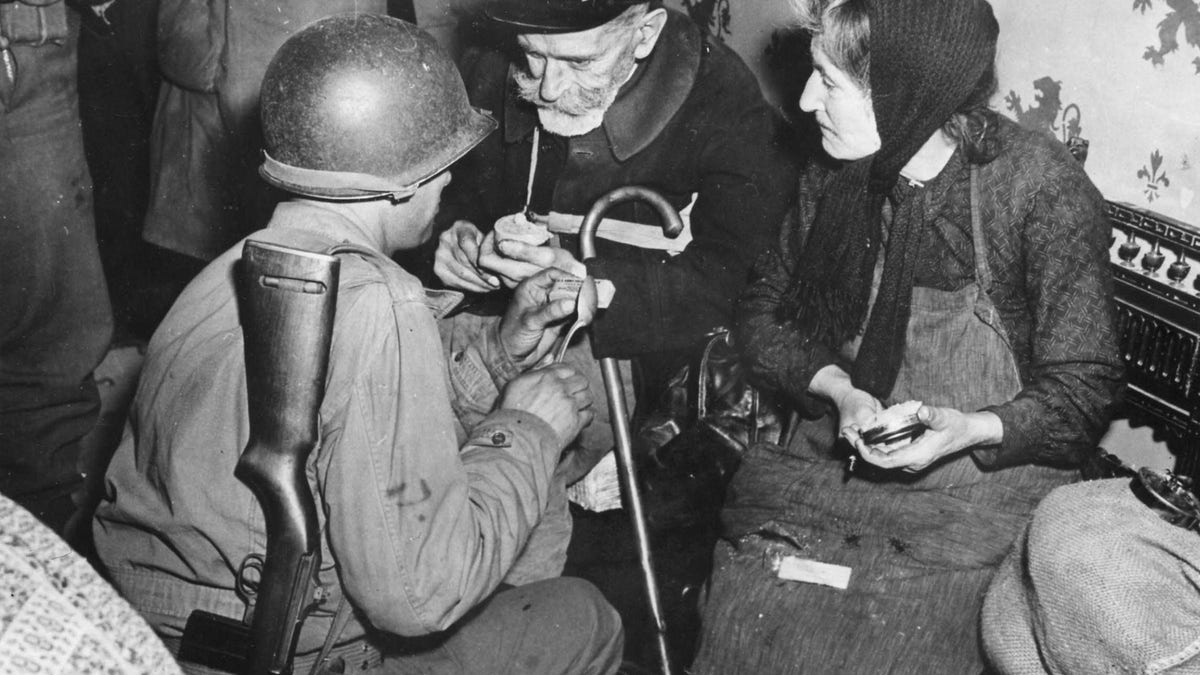
World War II, La Haye du Puit, Normandy, France. An American soldier gives chocolate to an elderly couple after the liberation of the town in June 1944. (Photo 12/UIG/Getty Images)
After the war, a black market for American chocolate developed, especially in Germany, as people struggled with deprivation.
Hersey continues to thrive today, reporting $8.97 billion in sales in 2021, an increase of more than 10 percent over 2020.
CLICK HERE TO GET THE FOX NEWS APP
Milton Hershey “had the genius to develop his chocolate business in the right place at the right time,” proclaims the Confectionery Hall of Fame.
For more lifestyle articles, visit www.foxnews/lifestyle
“His personal convictions about the obligations of wealth and quality of life in the city he founded have made the company, the community and the school a living legacy.”

